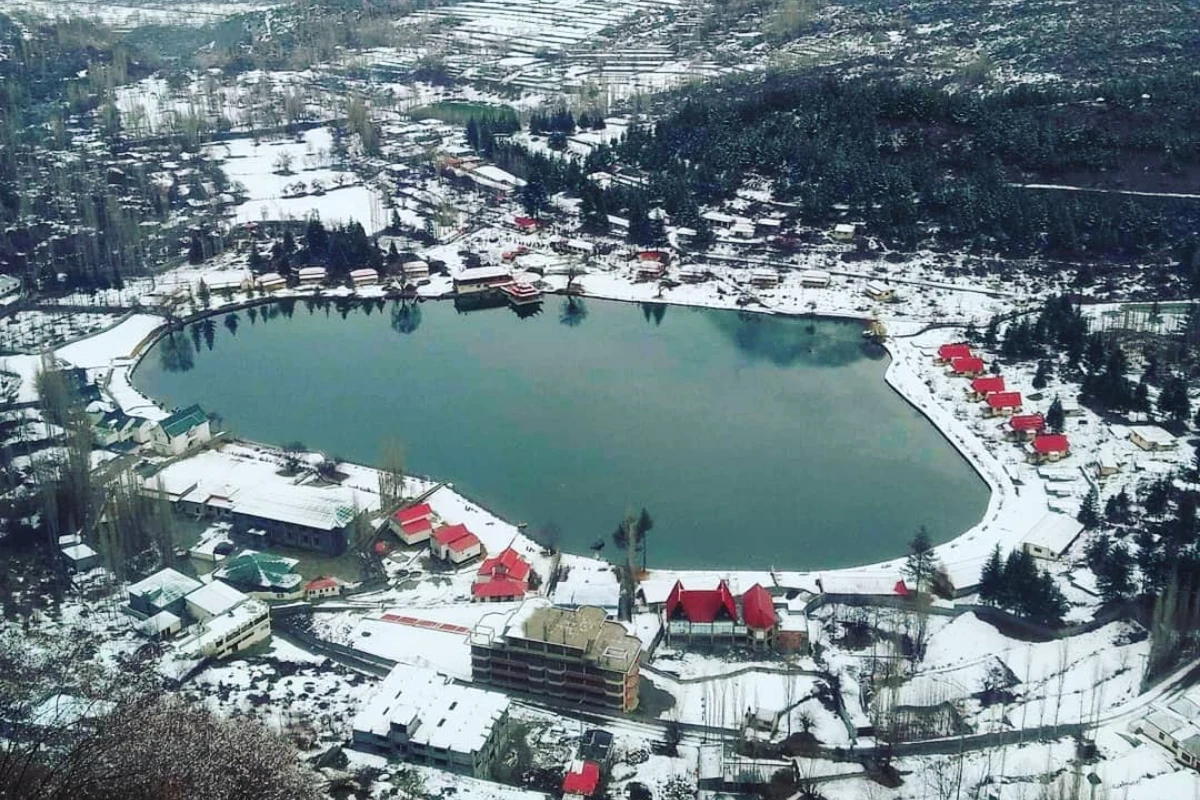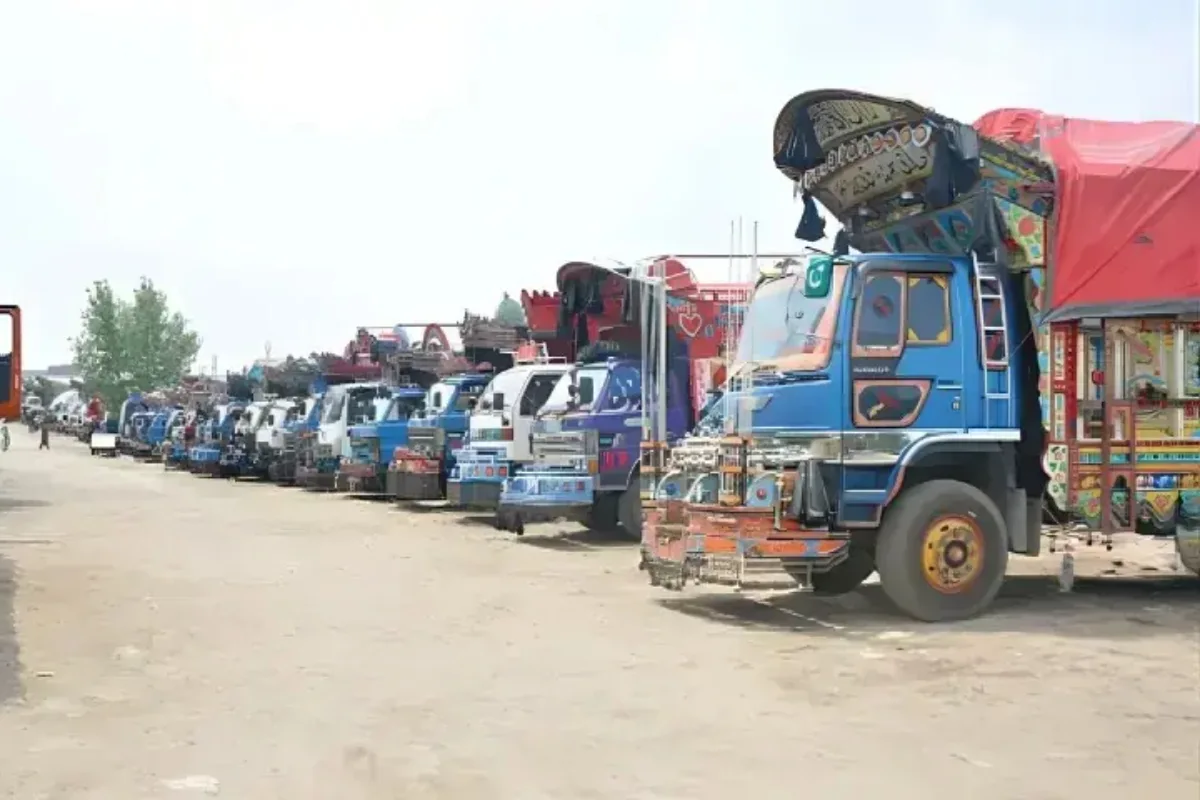Lahore Anti-Smog Guns Raise Concerns Over Water Crisis & Environmental Sustainability

Lahore Anti-Smog Guns Raise Concerns Over Water Crisis & Environmental Sustainability
Lahore’s battle against smog could come with an unintended environmental consequence, as experts warn that the Punjab government’s new anti-smog guns could exacerbate the city’s already dire water scarcity issues.
Punjab Rolls Out Anti-Smog Guns for Pollution Control
The Punjab government has introduced a fleet of anti-smog guns in a bid to combat Lahore’s persistent air pollution. These large water cannons are designed to spray a fine mist into the air to trap dust and particulate matter, which has been linked to the city’s smog crisis. As part of a pilot phase, 15 vehicles have been deployed to various high-pollution areas across Lahore. Each vehicle can carry 12,000 liters of water, completing a spray cycle in under an hour.
According to Sajid Bashir, a spokesperson for the Punjab Environmental Protection Agency (EPA), 16 air quality monitors are being used to track pollution levels and deploy the cannons in the areas with the highest concentrations of particulate matter. Initial results from the Kahna area show a significant reduction in PM10 particles, with a decrease of nearly 70%.
Despite these promising results, Bashir defended the project’s scientific basis, assuring that the technology used in Lahore’s anti-smog guns has been tailored to local weather conditions, unlike previous experiments conducted in China, which used a much smaller scale.
Experts Question the Effectiveness and Sustainability of the Anti-Smog Guns
While the immediate benefits of the anti-smog guns are apparent, critics have raised concerns about their long-term effectiveness and environmental impact. Environmental experts, including Maryam Shah from the Pakistan Air Quality Initiative, have described the initiative as “smog theatre,” offering little more than temporary relief. Shah emphasized that while the water cannons might provide short-term improvements, their overall impact on air quality is limited.
Dr. Muhammad Yaseen, a water resources expert at the University of Punjab, also criticized the initiative as unsustainable. He pointed out that using water for the cannons is problematic, particularly given Lahore’s worsening water scarcity. The city’s groundwater level has been dropping by two to three feet annually, and some areas now see the water table lying 70 meters below the surface, compared to just 15 meters in the 1980s.
Environmental lawyer Altamash Saeed has estimated that if each cannon operates for 12 hours daily, it could consume up to 144,000 liters of water per unit. With 15 cannons running, the total daily water consumption would exceed 2.2 million liters—a significant drain on already limited resources.
Moreover, Saeed pointed out that while the water cannons can temporarily capture larger particulate matter, they are ineffective against PM2.5 particles, which are far more hazardous to human health, as they can enter the bloodstream and cause serious respiratory and heart issues.
Urgent Need for Long-Term Solutions to Pollution and Water Scarcity
Experts are calling for a more sustainable and holistic approach to tackle Lahore’s environmental challenges. Hammad Naqi Khan, Director General of WWF Pakistan, warned that water scarcity is a far more critical issue than smog in Lahore. He suggested that vehicle emissions, poor-quality fuels, and unregulated industrial discharges are the root causes of air pollution, and until these issues are addressed, any anti-smog measure will remain ineffective.
Maryam Shah encapsulated the concern: “Fog cannons may offer temporary comfort, but unless the government tackles the underlying causes of pollution, water scarcity will ultimately harm Lahore more than smog ever could.”
Catch all the Pakistan News, Breaking News Event and Trending News Updates on GTV News
Join Our Whatsapp Channel GTV Whatsapp Official Channel to get the Daily News Update & Follow us on Google News.











